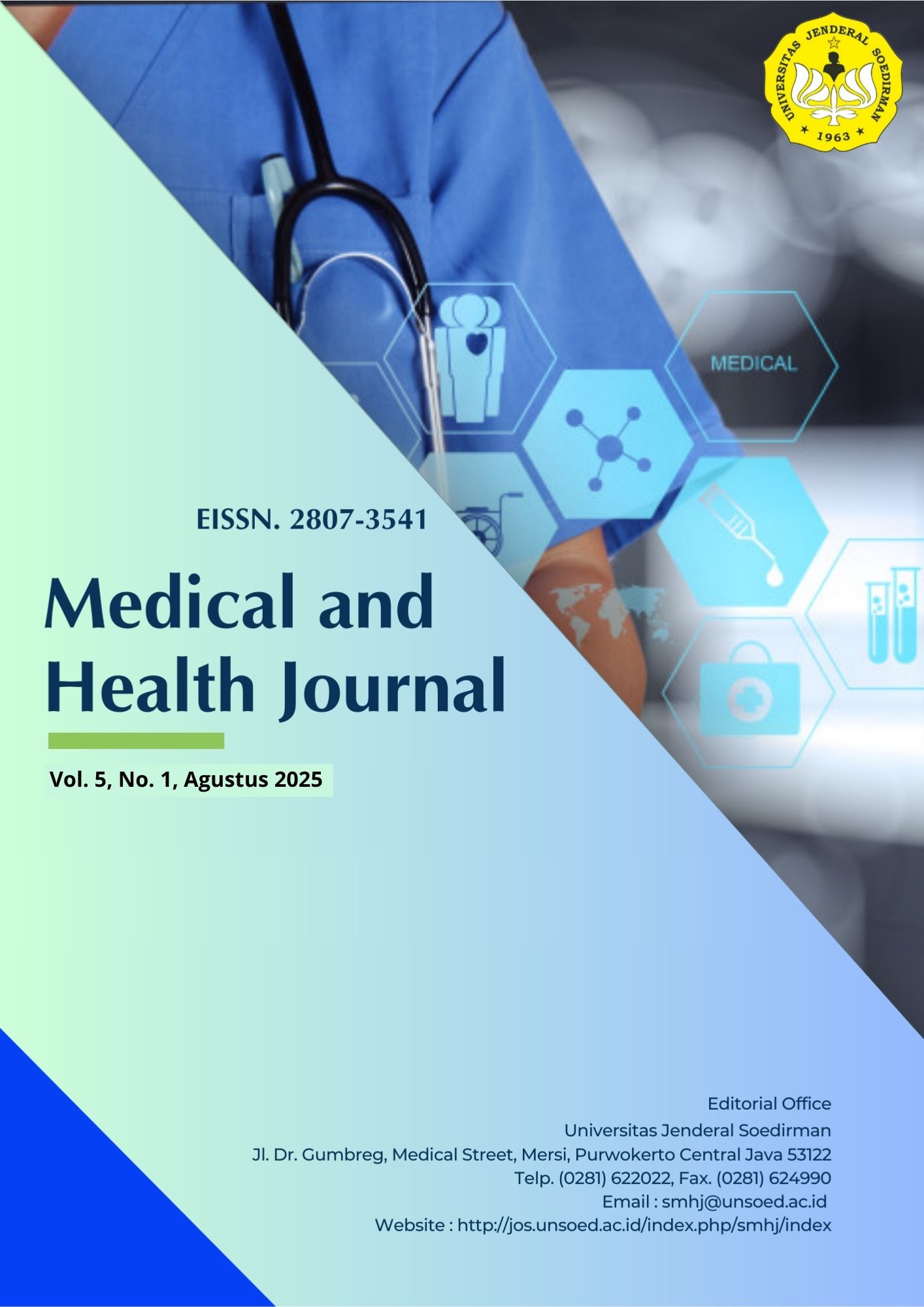Gender Differences in Scabies Risk Factors at Darul ‘Ulum Islamic Boarding School, Cilacap
Abstract
Background: The global prevalence of scabies remains high, with approximately 300 million cases reported annually. Despite educational and behavioral interventions implemented in Islamic boarding schools, case reduction has been insignificant. Gender-related risk factors for scabies require further investigation. Objective: This study aimed to determine the differences in scabies risk factors between males and females at A.P.I Darul ‘Ulum Islamic Boarding School, Cilacap. Methods: An observational analytic study with a cross-sectional approach was conducted on 37 students selected through total sampling from February to March 2024. Data were collected using questionnaires and physical examinations and analyzed using Fisher's exact test. Results: Scabies was identified in 10.8% of the respondents (4 out of 37), all of whom were males. Most respondents exhibited poor personal hygiene (73.0%) and normal nutritional status (56.8%). Significant differences were found in scabies incidence based on gender (p=0.036), knowledge level (p<0.001), and nutritional status (p=0.003). However, personal hygiene did not show a significant correlation with scabies incidence (p=0.557). Male respondents with underweight nutritional status and low knowledge levels had a higher risk of scabies (40%). Conclusion: There were differences in scabies risk factors between males and females at A.P.I Darul ‘Ulum Islamic Boarding School, Cilacap.






